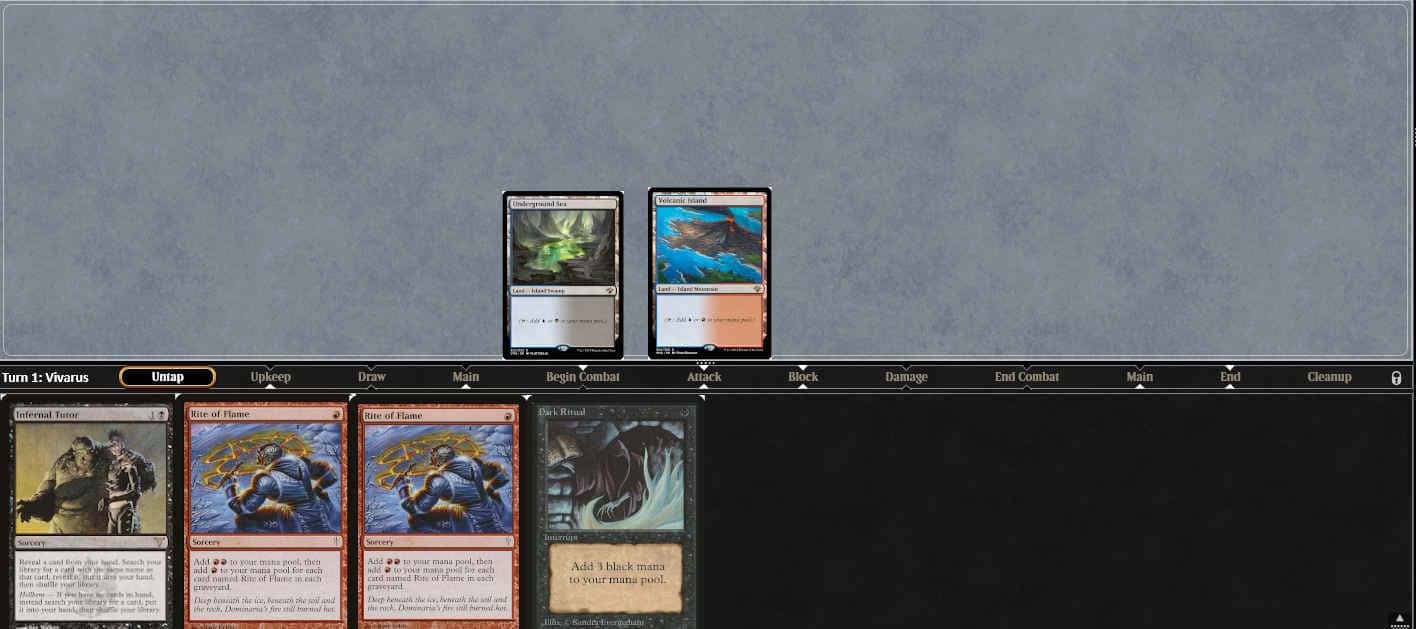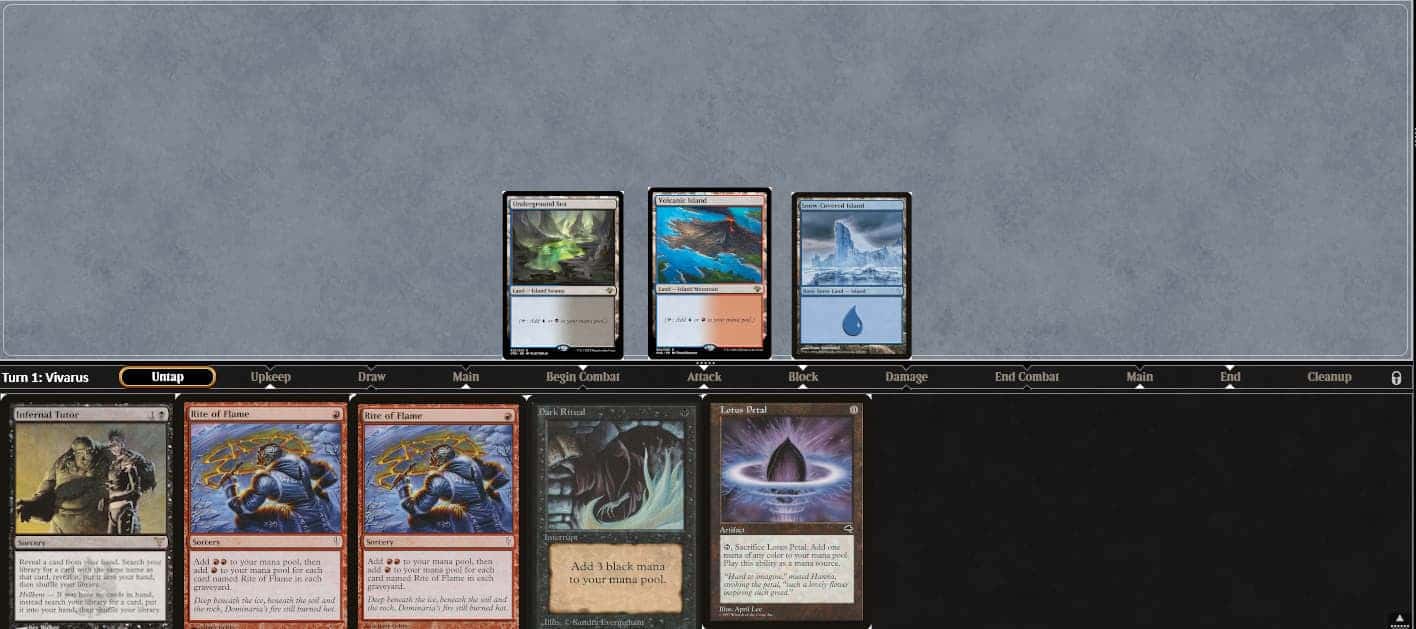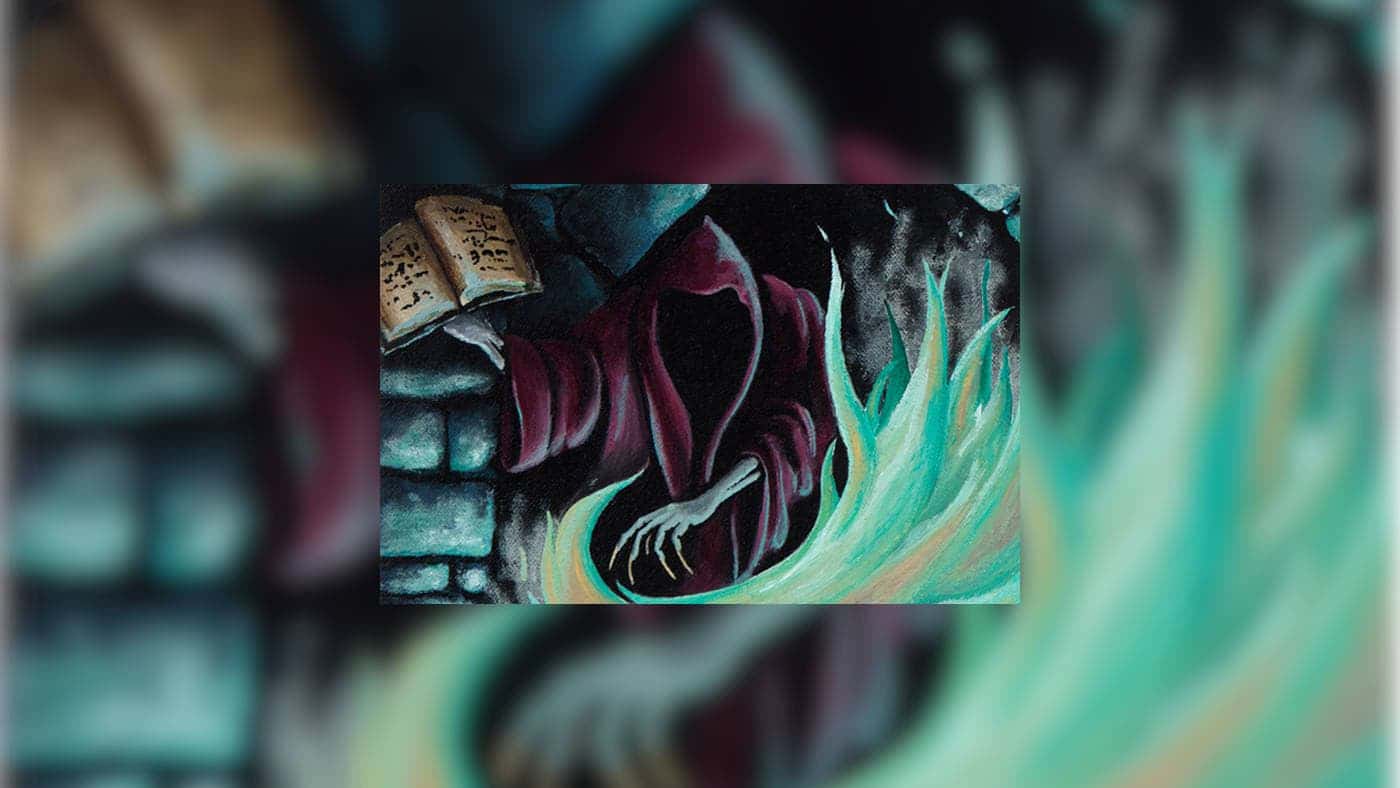Sequencing spells on the combo turn is one of more important skills to learn over time. The exact same hand can win or lose the game depending on the order all of the spells are cast. Figuring out what order to cast spells in comes with experience and what cards an opponent may have. This develops into a heuristic that can be applied to most situations. Heuristics are not perfect fits, do not cover every situation, and have many exceptions. For example, a very common Legacy heuristic is to only cast Brainstorm when there is a fetchland available to create "the perfect Brainstorm". Generally, this is the correct line, but understanding exceptions to the rule are important to being a better Legacy player.
Not all of these are going to be relevant every game, but playing as if they are helps enforce good habits so that when there is pressure to remember these, it is easier to make the correct play.
Play sorceries before instants
This is a general Magic heuristic, but comes up pretty often because of the card types of the rituals in The EPIC Storm. Sorcery can include other sorcery speed effects such as non Lion's Eye Diamond artifacts. (Just remember to play Mox Opal last for the information concealment!) The most common situation this comes up in is against Daze decks.

(In hand: Infernal Tutor, Dark Ritual, Rite of Flame, Rite of Flame. In play: Underground Sea, Volcanic Island.)
Starting on Rite of Flame makes beating a Daze trivial. Dark Ritual in response to Daze targeting Rite of Flame keeps both colors of mana available. This situation comes up most often against RUG Delver, but it can be applied to playing around most forms of soft permission. However, sometimes this is superseded by a different heuristic.
Play your least important spells first
On the combo turn, starting with the least important spell or spells that do not need to resolve to fully go off is generally the way to start thinking about sequencing. This heuristic comes from two areas of reasoning: giving your opponent as little information as possible, and baiting to try to get your opponent to counter a spell that ultimately does not matter.

(In hand: Infernal Tutor, Dark Ritual, Rite of Flame, Rite of Flame, Lotus Petal. In play: Underground Sea, Volcanic Island, Island.)
Given the above example and assuming the opponent is on a blue deck, sequencing this hand correctly can bait the opponent into countering a spell and then losing to Empty the Warrens. A lot of blue players will attempt to counter a spell that bottlenecks black mana because it makes discard spells available. Starting on Dark Ritual appears to cut off the hand from black mana, so holding back the Lotus Petal can make an opponent think there is a bottleneck where there is not actually one.
Another good example of this heuristic is with Lion's Eye Diamond. Given that it is usually one of the most important cards on the combo turn, playing it out last is usually correct. Do take note of when Lion's Eye Diamond is not an important card in the combo turn, such as when casting a natural Empty the Warrens from hand.
An important exception to this rule occurs most often when a discard spell is part of the combo turn. If there is only one initial black source available, starting the turn with Dark Ritual into Thoughtseize breaks the heuristic because Dark Ritual is one of the more important cards to resolve on the combo turn.
Play cards already in the graveyard post Ad Nauseam
This heuristic is mostly to play around Surgical Extraction. The idea is to play the most important cards already in the graveyard first once Ad Nauseam has resolved so that an opponent can not remove them from your hand. This does not come up all the time, but can be good to keep in mind if you can play around it.
Cantrip Order
This is overall a much larger discussion with lots of math involved (some of which can be found here and here!), but it boils down to a couple of concepts. Most of the time on the combo turn, cantrips are trying to find a specific set of cards and not improve the quality of your hand overall. For this reason, Ponder is the best cantrip available for the job. A lot of the time, this situation will come up post Ad Nauseam. Cast Ponder before Brainstorm, and if you are playing it, Preordain before Ponder. This assumes an arbitrary amount of blue mana, so depending on what is available, change accordingly.
Sometimes going all in on a cantrip with a Lion's Eye Diamond is an option. When doing this, always keep casting cantrips as they find each other. Casting Ponder and finding blank, blank, Ponder is not a shuffle. Casting the second Ponder or Brainstorm gives better odds of finding a business spell than just shuffling. Again, this assumes that there is some amount of blue mana available and if there is not mana to cast the second cantrip, then adjust accordingly.
Closing Thoughts
Heuristics are not hard rules, and when exceptions come up, it is correct to take a line that may directly or indirectly contradict a heuristic here or one that you have come up with on your own. A default play pattern is something that is also useful across a long tournament so you do not have to spend brain power figuring out every line in every game. They are useful and grow and change over time as new cards and strategies are added to Legacy.
















